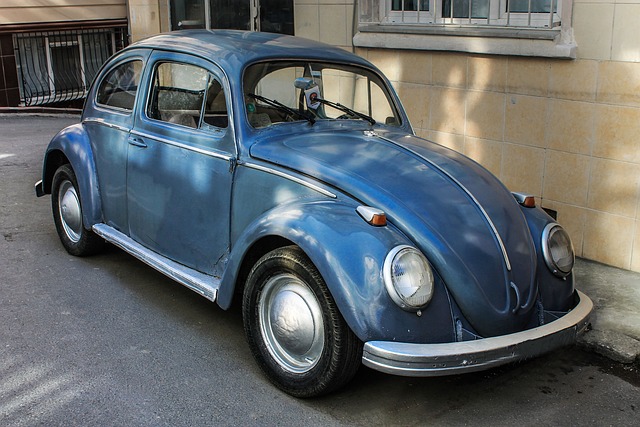Classic cars often hold a special place in the hearts of their owners, blending nostalgia, beauty, and investment value. However, if you own a classic car and are considering using it for regular driving, you might wonder whether your classic car insurance policy will cover such use. The answer depends on your policy terms, usage restrictions, and your insurer’s requirements.
What Is Classic Car Insurance Designed For?
Classic car insurance is tailored specifically for vintage and collectible vehicles. Unlike standard auto insurance, it is intended for cars that are:
- Driven sparingly
- Used for special events, car shows, or occasional leisure drives
- Stored securely when not in use
Learn more about what this insurance typically covers in What Does Classic Car Insurance Typically Cover?.
Are There Usage Restrictions in Classic Car Insurance Policies?
Most classic car insurance policies come with strict usage restrictions to preserve the vehicle’s value and minimize risk. These restrictions often include:
1. Limited Mileage
Policies typically set an annual mileage cap, ranging from 1,000 to 5,000 miles. Exceeding this limit could result in claim denials or increased premiums.
2. No Daily Commuting
Classic car insurance is not designed for daily use. Using your car to commute to work, run errands, or as a primary vehicle generally violates the terms of the policy.
3. Event-Specific Coverage
Driving your classic car to car shows, parades, or club meetings is usually permitted and covered. However, extended road trips or frequent drives may not align with policy terms.
Why Are There Restrictions?
The restrictions associated with classic car insurance serve several purposes:
- Preservation: Frequent use increases wear and tear, diminishing the car’s value.
- Risk Reduction: Limiting driving reduces the likelihood of accidents or theft.
- Lower Premiums: Policies are more affordable because insurers assume the car will be driven less frequently.
Can You Adjust Your Policy for Regular Driving?
If you plan to drive your classic car more frequently, consider these options:
1. Upgrade Your Policy
Some insurers offer modified policies with higher mileage limits or fewer restrictions. While premiums may increase, this option provides greater flexibility.
2. Switch to Standard Auto Insurance
For unrestricted use, you can switch to a standard auto insurance policy. However, this change often means:
- Loss of agreed value coverage
- Higher premiums due to the increased risk
- Limited coverage for specialized repairs or spare parts
3. Dual Policies
Maintaining both classic car insurance and a standard policy can be beneficial. For instance, you can use the standard policy for regular driving and the classic car insurance for storage and special events.
Real-Life Example: Balancing Use and Coverage
A friend of mine owns a 1972 Corvette and wanted to drive it regularly during summer. After discussing with his insurer, he upgraded to a classic car policy with a higher mileage limit and added an endorsement for extended road trips. This allowed him to enjoy his car without compromising coverage, although his premiums increased slightly.
How Does Regular Driving Affect Premiums?
Using a classic car for regular driving can significantly impact premiums:
- Higher Risk, Higher Cost: Frequent driving increases the likelihood of claims, raising premiums.
- Loss of Discounts: Policies designed for limited use often include discounts that won’t apply to regular-use policies.
For insights into premium calculations, check out How Are Classic Car Insurance Premiums Calculated?.
Tips for Driving a Classic Car Regularly
If you decide to use your classic car more frequently, follow these tips to protect your investment and ensure adequate coverage:
- Discuss with Your Insurer: Be transparent about your intended use to avoid coverage issues.
- Consider Maintenance Costs: Regular driving may lead to higher maintenance expenses for vintage vehicles.
- Upgrade Safety Features: Adding modern safety equipment can reduce risks and potentially lower premiums.
- Monitor Mileage: Keep track of your annual mileage to ensure compliance with policy limits.
While classic car insurance is not typically designed for regular driving, there are ways to adjust your policy or explore alternative coverage options. By understanding your insurer’s restrictions and making informed decisions, you can strike a balance between enjoying your classic car and preserving its value. Whether you’re cruising to car shows or taking the scenic route home, proper coverage ensures peace of mind on every journey.



